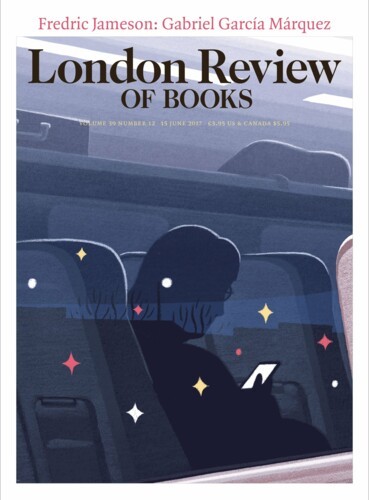What little we know about individual mammoths is often constrained to their last moments, based on where their skeletons were found – a struggle in the sticky tar – or the record of violent trauma inflicted by human weapons. But recent developments in isotope dating allow for longer narratives.
Liam Shaw
Liam Shaw is a Wellcome-funded research fellow at the MacLean Lab in Oxford, researching bacterial genetics. He is writing a book about the history of antibiotics.
Convincingly Irish
6 May 2021
Researchers at UCL have published a complete model for the inner workings and front display of the Antikythera mechanism. The ancient device, recovered from a shipwreck in 1901, has long been thought to have shown a model of the Greek cosmos, with the Sun, Moon and five classical planets rotating around the Earth, controlled by a fiendish set of gears. The UCL team argue that theirs is the first model to match all the existing evidence.
Operation Paperclip
4 March 2021
According to a study published in Nature last month, oceanic shark numbers have declined by 70 per cent since 1970. Three-quarters of ocean-going shark and ray species are now threatened with extinction. Yet we are still more likely to feel that sharks are a threat to us than the other way round. Peter Benchley’s novel Jaws – both symptom and cause of that feeling – was published 46 years ago, in February 1974. Production of the movie version began that summer, filmed in the village of Menemsha on Martha’s Vineyard. A few years ago I went for a swim at the beach there. I had never considered myself afraid of sharks. But with every stroke I glanced backwards over my shoulder towards the open water.
Read anywhere with the London Review of Books app, available now from the App Store for Apple devices, Google Play for Android devices and Amazon for your Kindle Fire.
Sign up to our newsletter
For highlights from the latest issue, our archive and the blog, as well as news, events and exclusive promotions.



